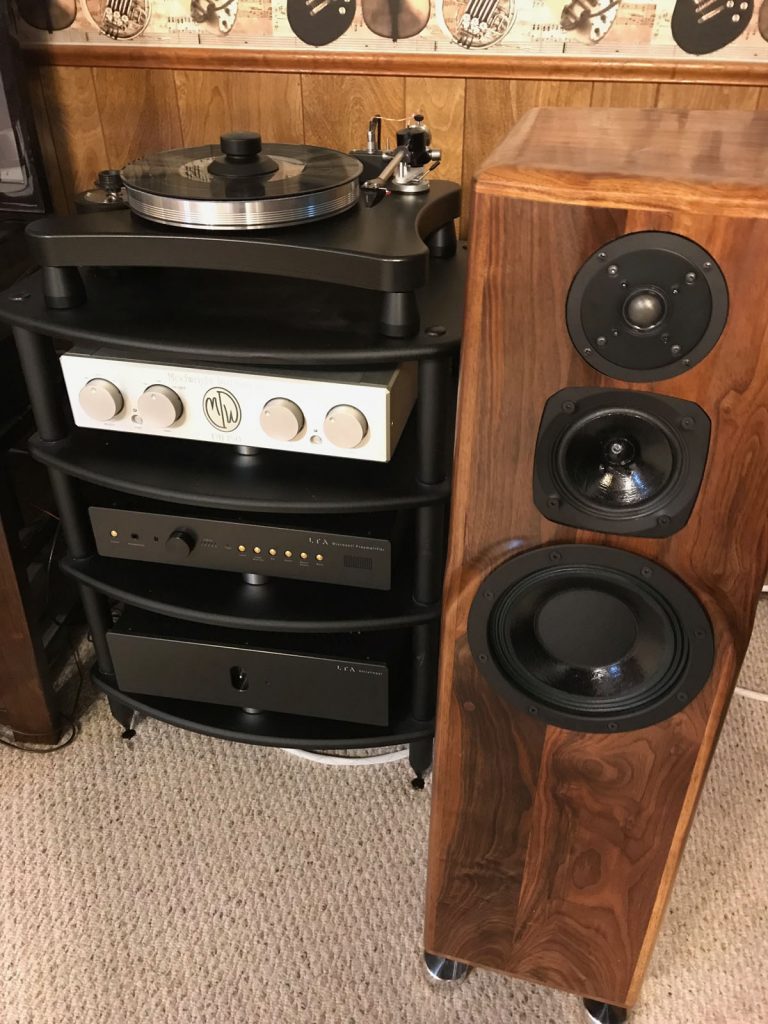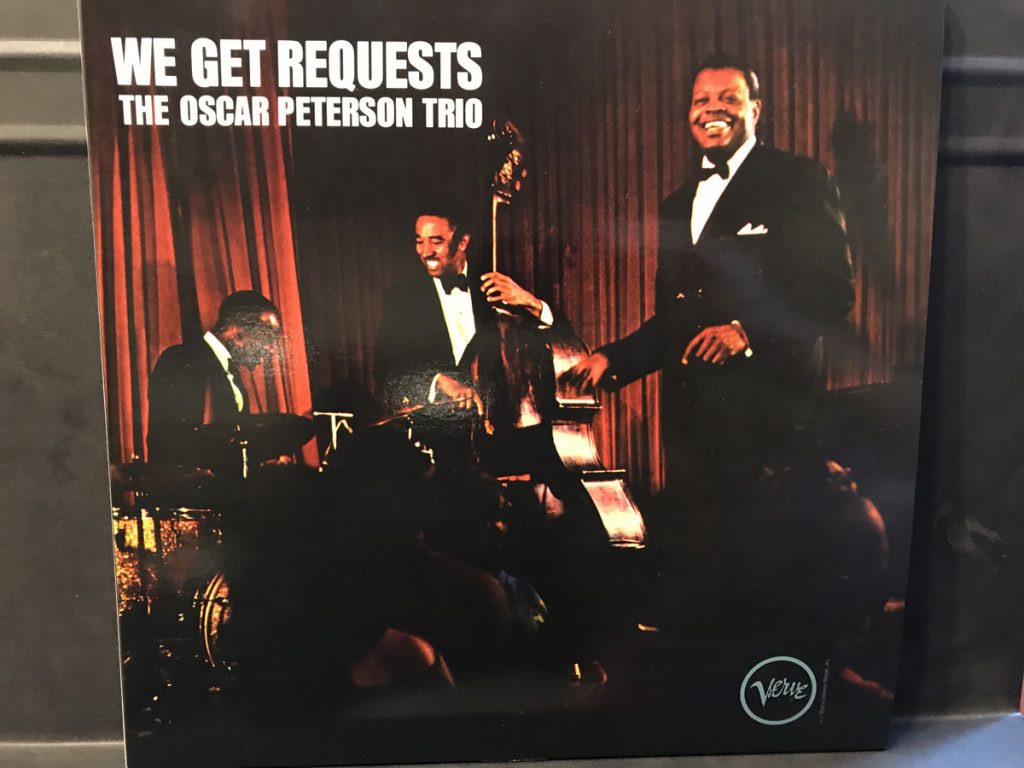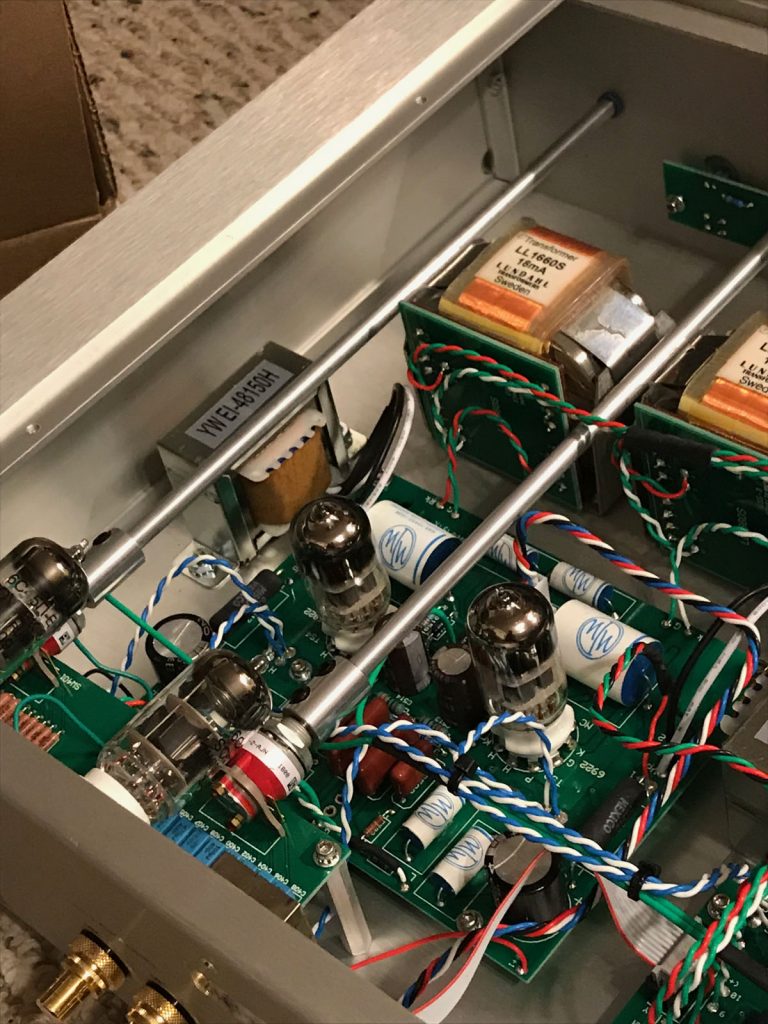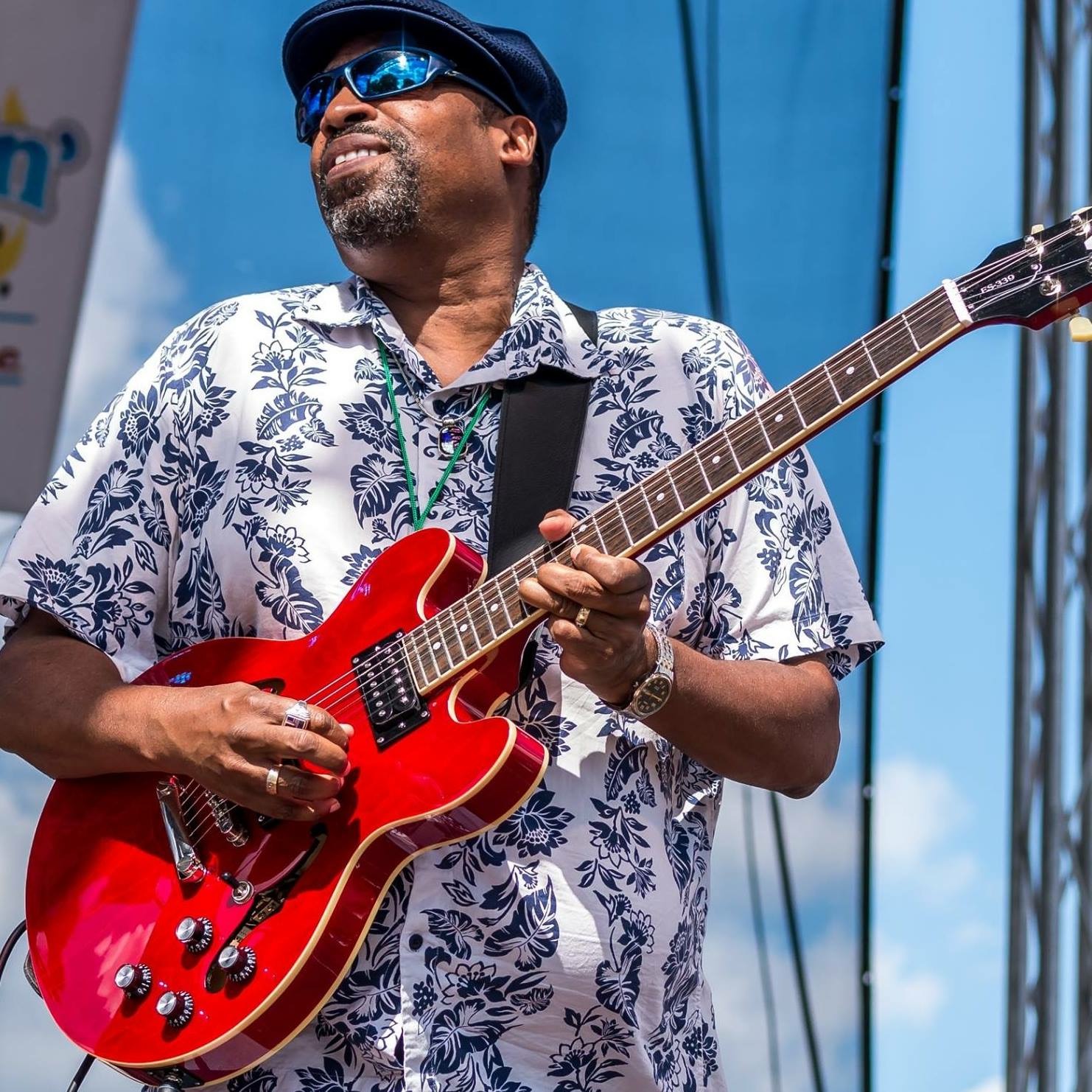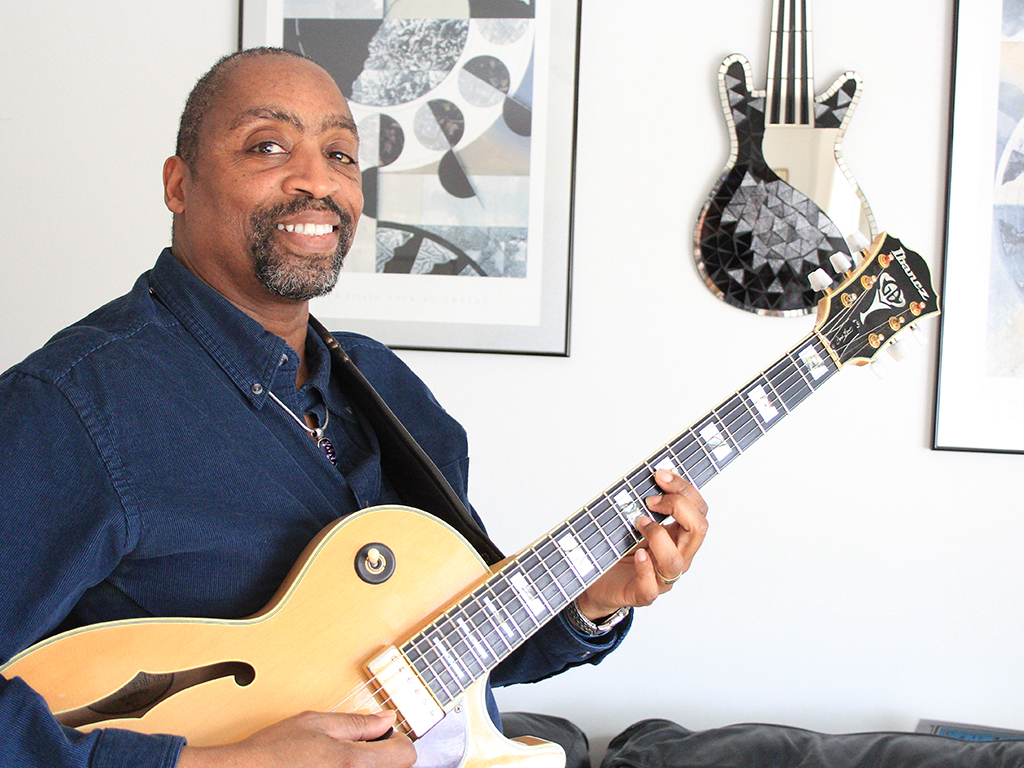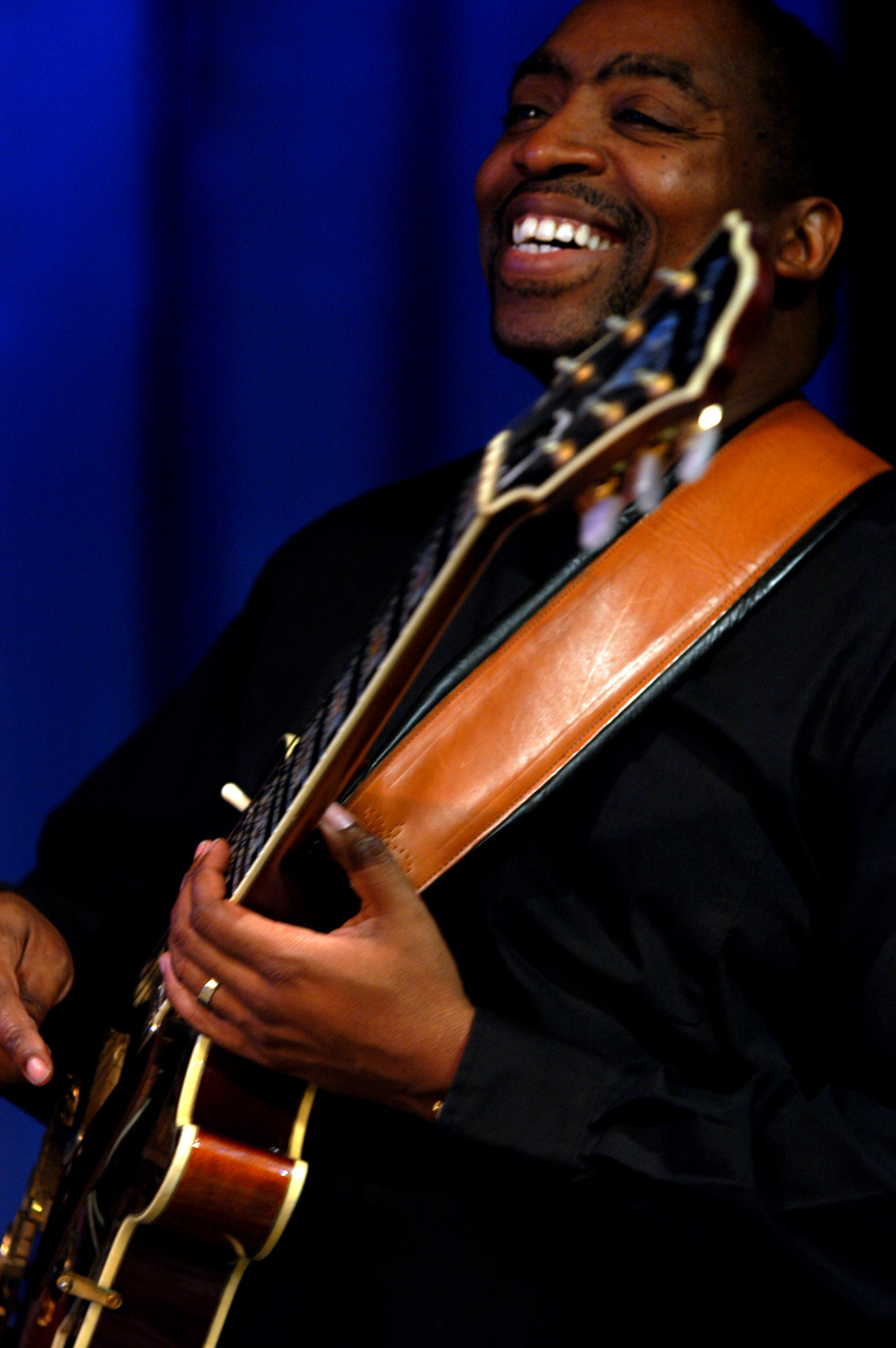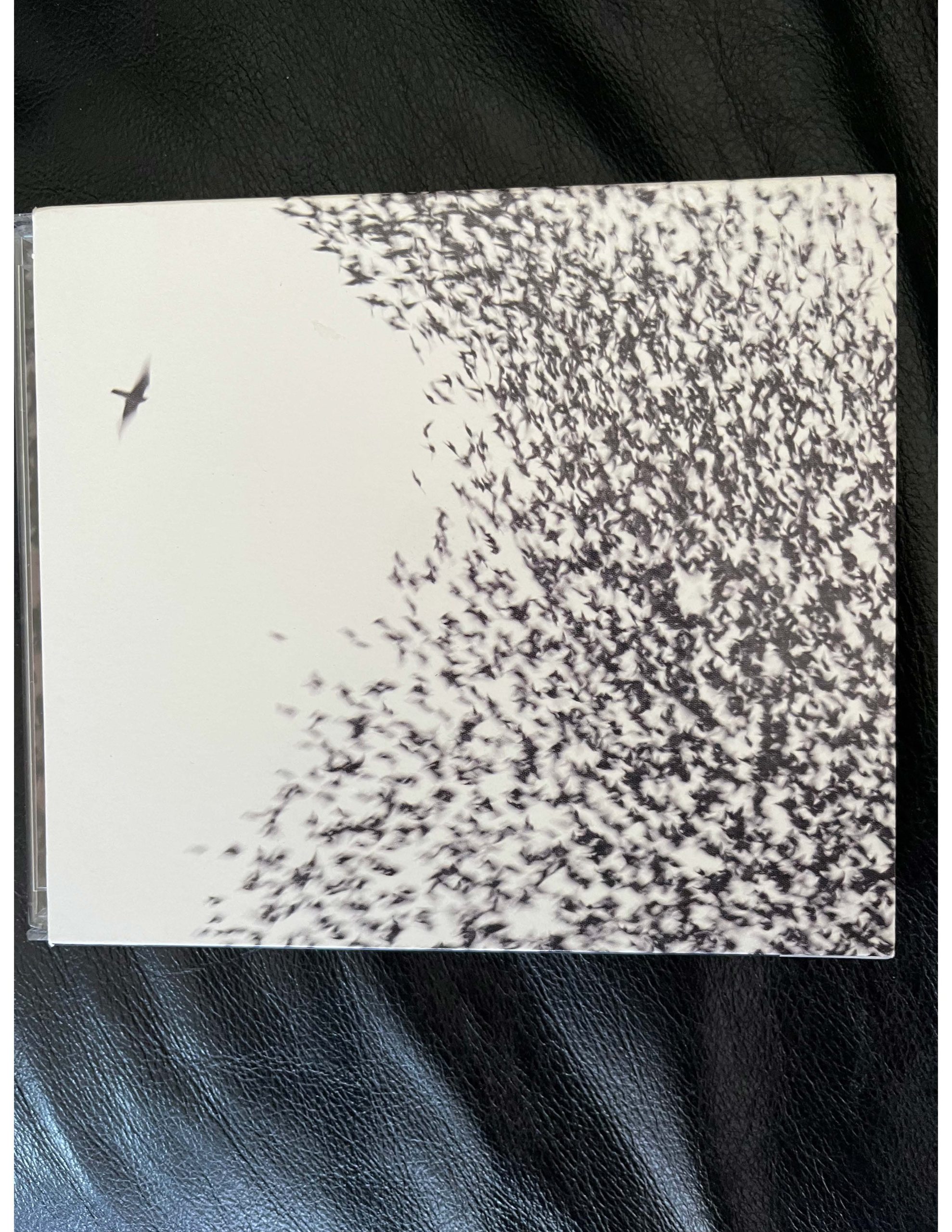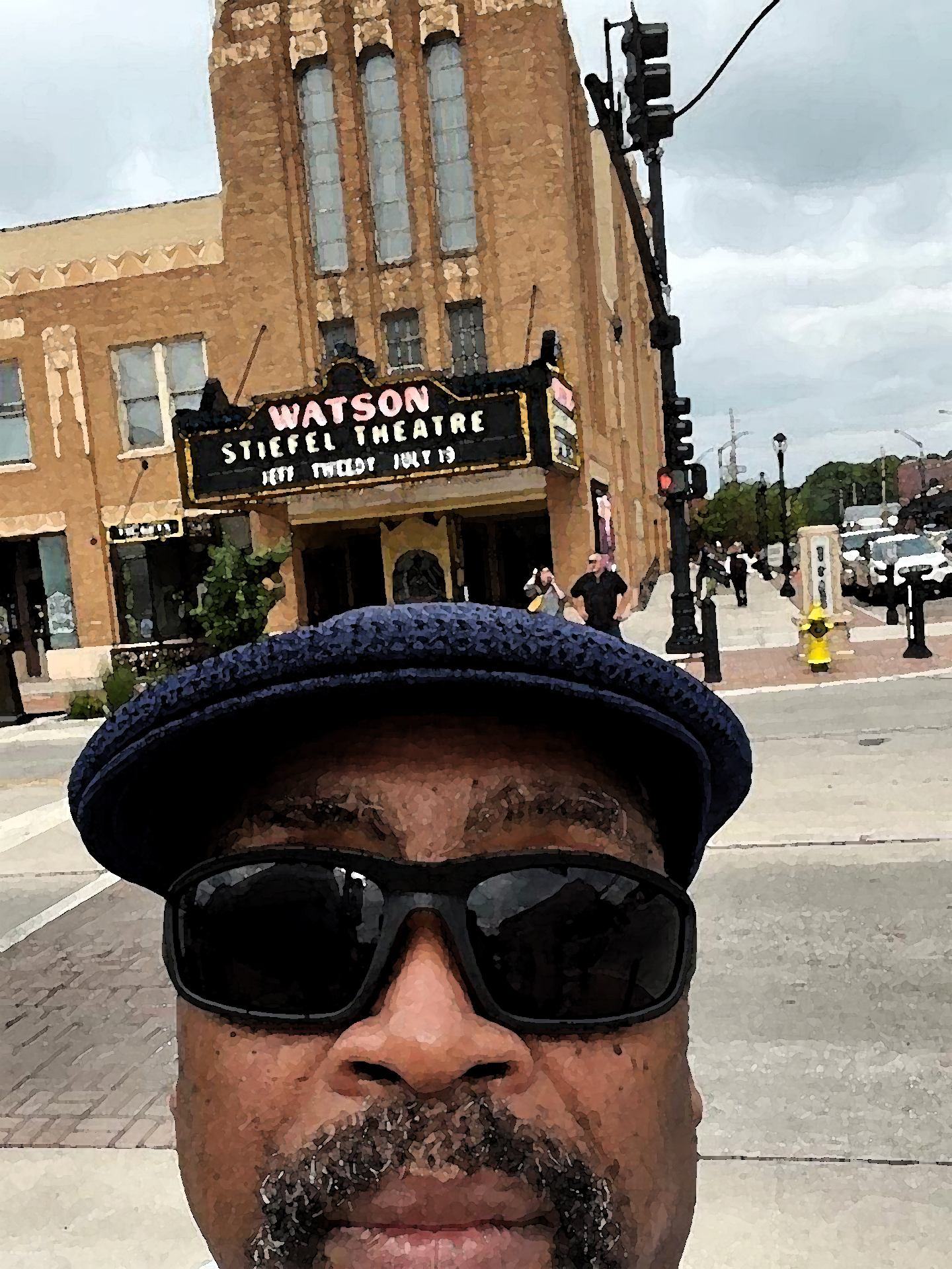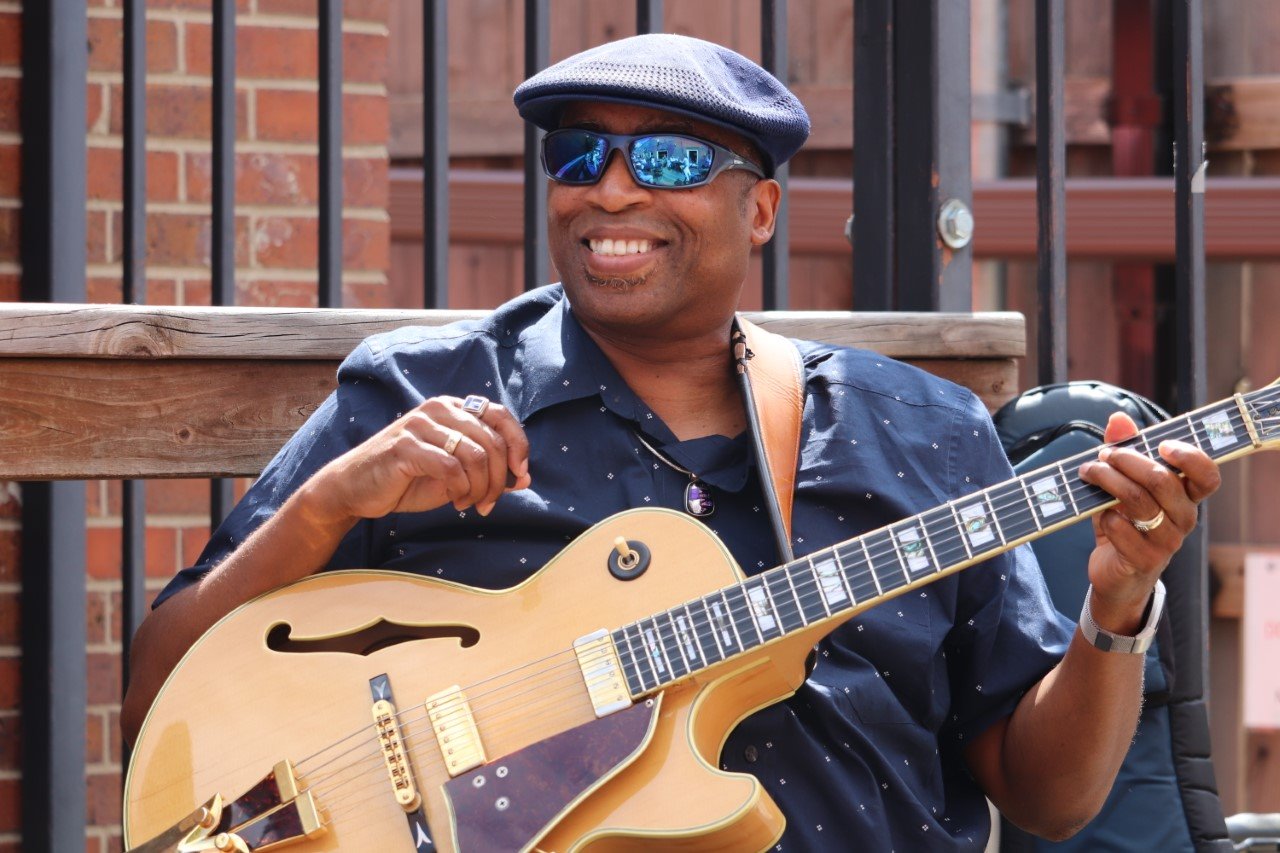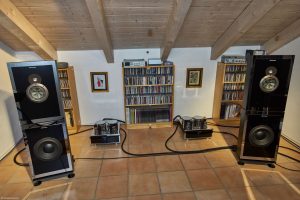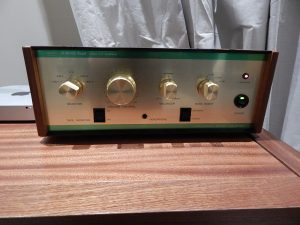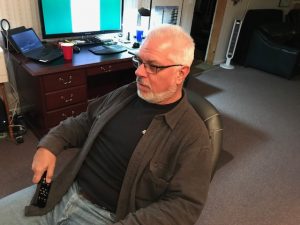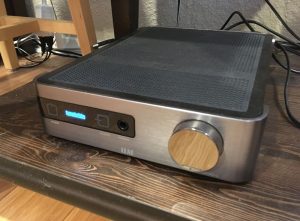So that I might have some familiar point of reference, I selected the Oscar Peterson trio album We Get Requests that I'd received from Chad Kassem's Acoustic Sounds pressing plant months ago.
But I was suddenly taken aback—the piano was muddy, the bass was muddier, but oddly enough, drums sounded pretty good. Nate wasn't happy—he then tweaked the tonearm somehow, and the drums still sounded good, but the piano was still a bit far back, and the bass was still not speaking well. Nate then made many more micro-adjustments (ten times, I counted).
I had to remember what the original recording sounded like on my Rega rig, so I quickly set it up on the PhonoLine stand. When I played the first track, "Quiet Nights of Quiet Stars," The Planar 6 system sounded spectacular—Peterson's piano was dead-center and sparkling, Ed Thigpen's drums were stage right and had crisp snap, and Brown's bass was woody—his strings were snapping and slapping against the wood like it should.
Nate got visibly stirred and disappointed once he heard what this pressing should sound actually like, and went back to work on the VPI—now up to fifteen tweaks… and finally the piano emerged forward—he had found the perfect balance of the cartridge head, he'd located that sweet spot closer to the center of the groove—but that bass still wasn't quite snapping yet. He finally made another few adjustments, the trick was not to lose the piano sitting up front. For some reason, the drums were never in question, they were always firmly clear. And then, suddenly…we found it—the bass started speaking and everything else was still in place. We then turned the speakers just a bit inward to maximize the balance. A smile crept across Nate's face. Mine too. He was smiling because he never gave up and knew he wasn't leaving the room until he found that sound he was looking for. I was smiling because I knew I didn't know nearly enough about how to make those micro-adjustments to get the results that he did—it's my first encounter with a VPI, which is totally different experience than a Rega. Nate Lennox had saved the day.
Before I forget, I wanna mention a strange occurrence that happened. At some point during my possession of the rig—I'm not exactly sure when, because I'd left town for an "extended" weekend—one of the tubes in the PH150 blew.
I'm not sure whether it was a power surge that did it—I thought it was, but this is all new to me, so I'm no expert. I nervously called Dan and tried to keep my cool while I explained that the PH150 was down. I explained my rationale about a power surge, which he wasn't really buying—not so much because he thought I was lying, but because he obviously knew his equipment so much more than I did. I'd already had my professor colleague Steve Dyer come over and take a look under the hood and when we removed the cover, and of course he immediately found the single blown Russian Sovtek tube, cracked and frosted. I've since learned from Dan and Steve (as well as my guitar tech/music store owner Rick Hood) that this meant that oxygen had somehow entered the vacuum tube, which instantly spells "the end" for a tube like this one. Still, Steve and I were trying to be safe about it, and we thought if Dan sent us a complete new set of tubes we would be covered. Dan wasn't having any of it. He knew his equipment's capability and that even one tube blowing was a rare thing—"No way those other [electro-harmonix] tubes blew."
He only sent me a couple of new tubes, and I wisely agreed to trust him, knowing that he knew his equipment better than me. The tubes arrived, and Steve came over to the house and inserted them, saving the day!




